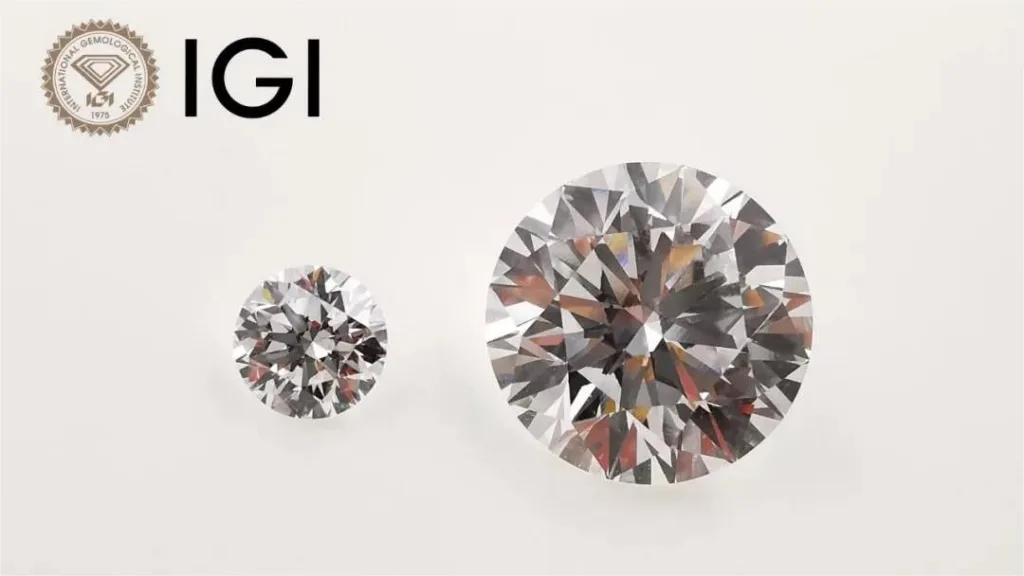Determining whether a diamond is lab-grown or natural can indeed be challenging for a jeweler, as advancements in technology have made it increasingly difficult to distinguish between the two types. In some cases, a jeweler may not definitively tell if a diamond is lab-grown without the assistance of specialized equipment and expertise. Here are some factors that contribute to the difficulty of this determination:
Advancements in Lab-Grown Diamond Technology: Modern lab-grown diamonds are created using advanced techniques, such as Chemical Vapor Deposition (CVD) and High-Pressure High-Temperature (HPHT) processes, which mimic the conditions under which natural diamonds are formed. These methods result in lab-grown diamonds with properties very close to those of natural diamonds.
Similar Appearance: Lab-grown diamonds can be nearly indistinguishable from natural diamonds in terms of their physical appearance, including their cut, color, clarity, and carat weight. They often meet the same quality standards as natural diamonds.
Inclusions and Growth Patterns: Inclusions, which are internal imperfections in a diamond, and growth patterns, which are visible crystal structures, are often used to identify natural diamonds. However, some lab-grown diamonds have inclusions and growth patterns that closely resemble those in natural diamonds.
Spectral Characteristics: While spectroscopy can help differentiate between natural and lab-grown diamonds, it requires specialized equipment and expertise. Lab-grown diamonds can have spectral characteristics that are similar to natural diamonds, making it challenging to distinguish between the two without a thorough analysis.
Inscriptions and Certifications: Lab-grown diamonds may come with inscriptions or certifications from manufacturers or grading laboratories. However, these can sometimes be misleading, forged, or inaccurately labeled, which further complicates the identification process.
Mixed Natural and Lab-Grown Diamonds: Some jewelers and consumers have reported instances of natural and lab-grown diamonds being mixed together in jewelry, making it even more challenging to identify the origin of each stone.
Given these challenges, jewelers often rely on a combination of methods and technology to make a determination. They may use gemological laboratories like the Gemological Institute of America (GIA) or the International Gemological Institute (IGI) to provide accurate reports and certifications that can verify a diamond’s origin.
In summary, while experienced jewelers can make educated assessments, it can be difficult for them to definitively tell if a diamond is lab-grown without the aid of specialized equipment and certification from reputable gemological laboratories. As the technology continues to evolve, the line between natural and lab-grown diamonds may become even blurrier, emphasizing the importance of reliable certification and transparency in the diamond industry.




